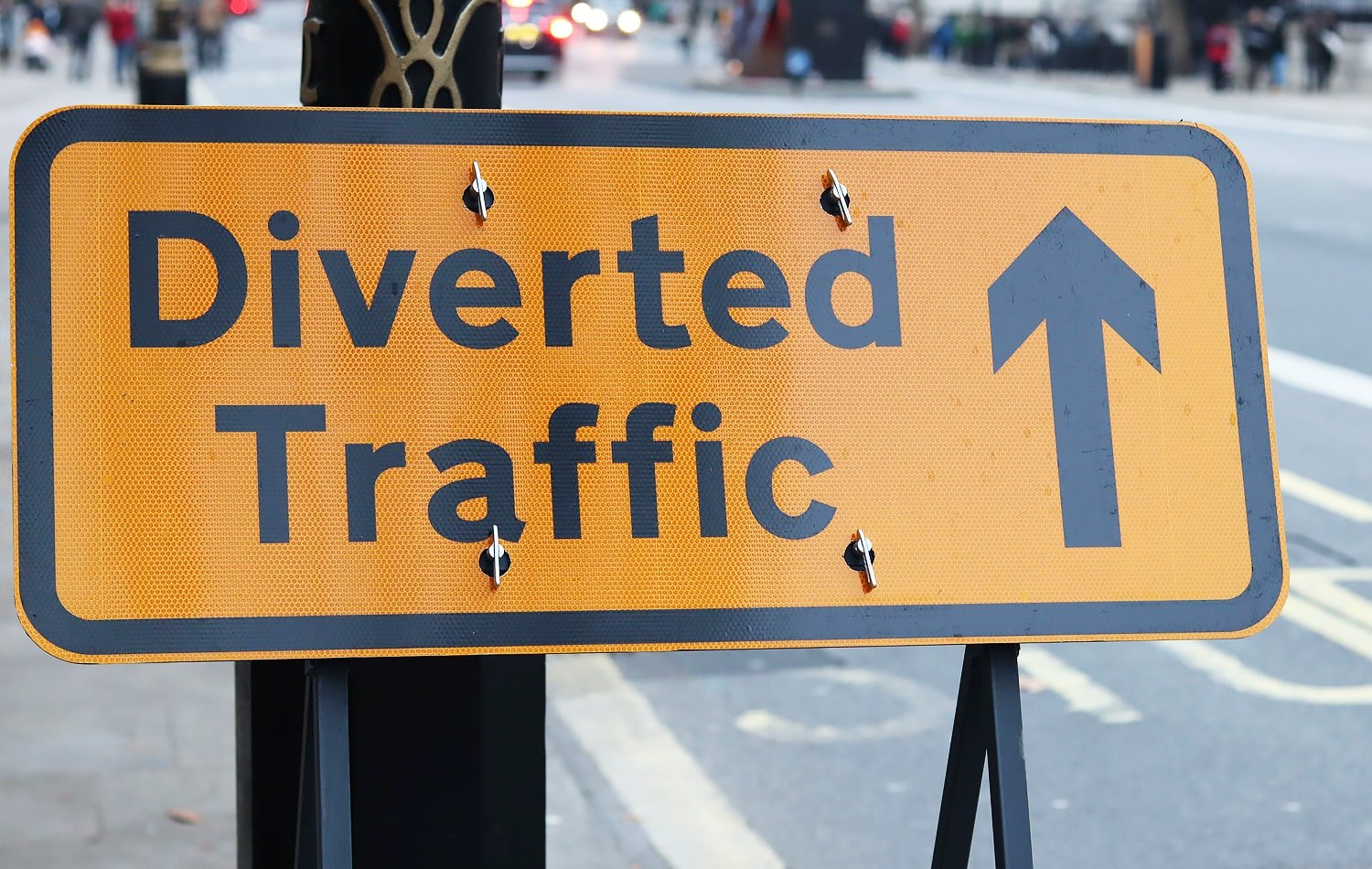The reflectivity standards for road signs in the UK
Posted by Brad Jones on
Road signs are an essential part of our road infrastructure and are designed to provide drivers with clear and concise information about the road ahead. In the United Kingdom, there are strict reflectivity standards that must be met for road signs to be compliant with regulations. In this blog post, we will discuss the reflectivity standards for road signs in the UK and why they are so important.

The reflectivity standards for road signs in the UK are set by the Department for Transport (DfT). The DfT has established two different classes of reflectivity for road signs: Class RA1 and Class RA2. Class RA1 is the highest level of reflectivity and is used for signs that require high visibility, such as motorway signs and signs on primary routes. Class RA2 is the lower level of reflectivity and is used for signs that do not require as much visibility, such as signs on secondary routes and local roads.

The reflectivity of a road sign is measured using a device called a retroreflectometer. This device measures the amount of light that is reflected back to the driver when a beam of light is directed at the sign. The retroreflectometer measures the reflectivity of the sign in candas per square meter per lux (cd/m²/lux). The DfT's standards for reflectivity are as follows:
- Class RA1: Minimum of 75 cd/m²/lux
- Class RA2: Minimum of 30 cd/m²/lux

It is important to note that these standards are for the initial reflectivity of the sign. Over time, the reflectivity of a sign will decrease due to factors such as weathering and vandalism. Therefore, it is important to regularly inspect and maintain road signs to ensure that they continue to meet the required reflectivity standards.
